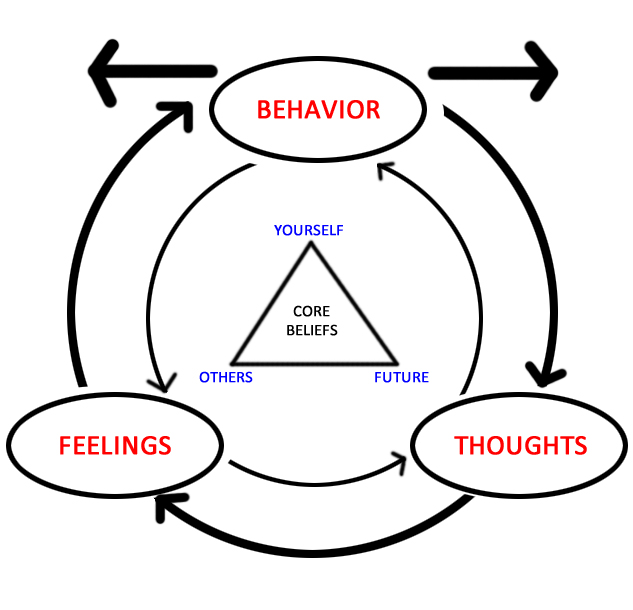Difference Between CBT and REBT
Table of Contents
Key Difference – CBT vs REBT
CBT and REBT are two types of psychotherapy that are extensively used to treat individuals who suffer from mental problems. CBT stands for Cognitive Behavioral Therapy. REBT stands for Rational Emotive Behavioral Therapy. CBT has to be understood as an umbrella term that is used for psychotherapy. On the other hand, REBT is one of the earlier forms of psychotherapy that influenced the formation of CBT. This is the key difference between CBT and REBT. This article attempts to elaborate on these two psychotherapeutic methods while highlighting the difference.
What is CBT?
CBT refers Cognitive Behavioral Therapy. Cognitive behavioral therapy is a psychotherapeutic method that is used to treat those who suffer from mental problems. This therapy can be used for various mental problems. Depression and anxiety disorders are two of the most common problems for which this therapy can be used.
The main idea of the cognitive behavioral therapy is that our thoughts, feelings, and behavior are all inter connected. This explains that the ways we think, feel and behave are related to one another. Here, psychologists specially highlight the role of our thoughts. They believe that our thoughts can have a great impact on our behavior and feelings. This is why when negative thoughts invade our mind; there are also behavioral and emotional changes in the human body.
CBT helps the individual to reduce the psychological distress that he or she feels by identifying and understanding the negative thoughts and behavior. It also assists the person to find alternative forms that will reduce the psychological distress and improve overall well-being.

What is REBT?
REBT refers to Rational Emotive Behavioral Therapy. This was developed by the American psychologist Albert Ellis in 1955. According to Ellis, people have different assumptions about themselves as well as the world around them. These assumptions are vastly different from one person to another. However, the assumptions that the individual has plays a major role in the manner in which he acts and reacts in different situations. Here, Ellis highlights that some individuals have assumptions that are clearly negative and can destroy individual happiness. These he termed as basic irrational assumptions. For example, the need to be good in everything, the need to be loved and the need to succeed are such irrational assumptions.
Through REBT, the individual is taught how to overcome such emotional and behavioral distress by comprehending the irrational assumptions. For this, Ellis proposes the ABC Model also known as the ABC technique of irrational beliefs. There are three components of this. They are the activating event (the event that causes distress), belief (the irrational assumption) and consequence (the emotional and behavioral distress that the individual feels). REBT is not only for mental disorders but also to help individual to achieve their targets and cope difficult situations.

What is the difference between CBT and REBT?
Definitions of CBT and REBT:
CBT: CBT refers Cognitive Behavioral Therapy.
REBT: REBT refers to Rational Emotive Behavioral Therapy.
Characteristics of CBT and REBT:
Term:
CBT: CBT is an umbrella term.
REBT: REBT refers to a specific therapeutic method.
Emergence:
CBT: CBT has its roots in REBT and CT (Cognitive Therapy).
REBT: REBT was proposed by Albert Ellis in 1955.
Key Idea:
CBT: The key idea of the cognitive behavioral therapy is that our thoughts, feelings, and behavior are all inter connected and our thoughts can influence our behavior and emotions in a negative manner.
REBT: The key idea is that people have irrational assumptions that lead to psychological distress.
Image Courtesy:
1. “Depicting basic tenets of CBT” by Urstadt – Photoshop. [CC BY-SA 3.0] via Wikipedia
2. Balanced Life Institute – Santa Monica Psychotherapy By Bliusa (Own work) [CC BY-SA 4.0], via Wikimedia Commons
ncG1vNJzZmivp6x7pbXFn5yrnZ6YsqOx07CcnqZemLyue8OinZ%2Bdopq7pLGMm5ytr5Wau26vwa1kmqaUYsO0edGema1n